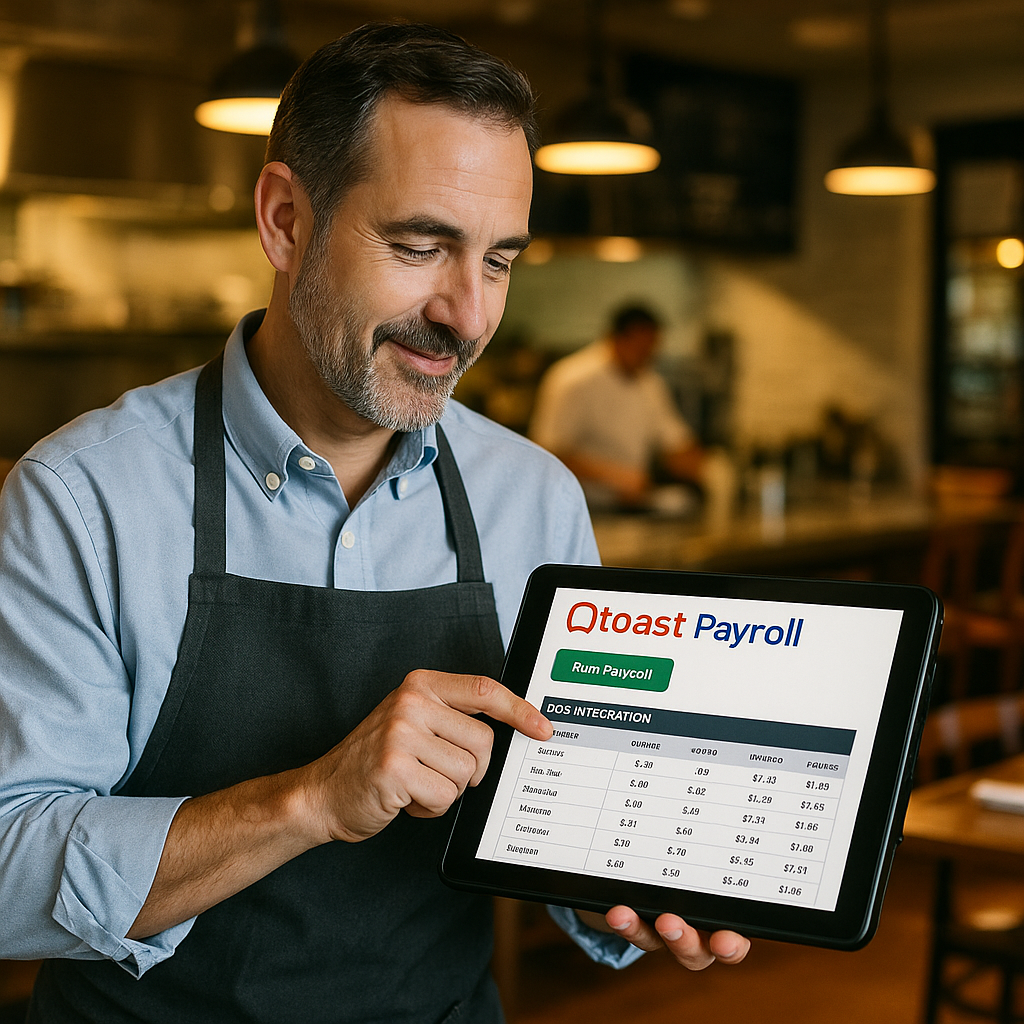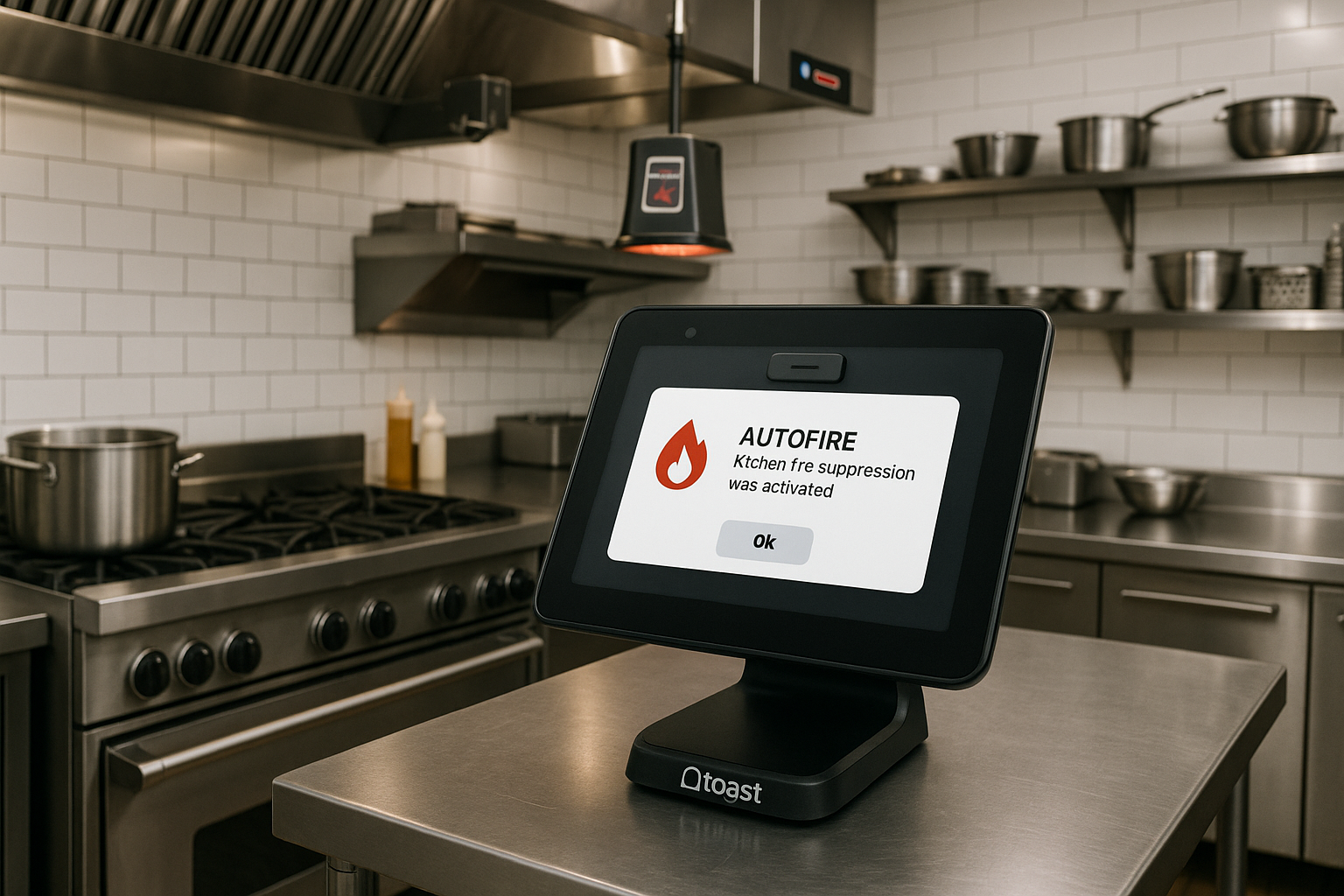Understanding the Importance of Menu Development with Toast POS
Introduction
Menu development for restaurants is more than just listing items; it’s a strategic endeavor that influences customer experience and revenue. Using Toast POS, operators can leverage technology to create an engaging and efficient menu that meets the demands of today’s diners. A well-structured menu not only showcases culinary offerings but also optimizes the operational workflow, enhancing service speed and accuracy.
In the rapidly evolving restaurant landscape, integrating a robust POS system like Toast is essential for effective menu management. With its user-friendly interface and customizable options, chefs and managers can design menus that reflect seasonal changes, special promotions, and customer preferences. This adaptability empowers restaurants to remain competitive and responsive to market trends.
Furthermore, the role of menu development extends beyond aesthetics; it encompasses pricing strategies, food costs, and even inventory management. By harnessing the capabilities of Toast POS, restaurant owners can ensure that their menu is not only appealing but also financially viable, driving profitability while satisfying customer cravings.
Features of Toast POS for Streamlined Menu Creation
Toast POS offers a suite of features that simplify menu development, allowing restaurant operators to design, update, and manage their offerings seamlessly. The platform’s intuitive interface enables users to construct menus that align with their brand identity while making real-time changes as needed. This agility is critical, especially during peak service times or when launching new dishes.
One of the standout features of Toast POS is its ability to integrate with inventory management systems. This ensures that menu items reflect available ingredients, reducing the risk of over-promising and under-delivering. Moreover, the system allows for easy categorization of dishes, making it simple for customers to navigate the menu and find their favorite items quickly.
In addition to organization and adaptability, Toast POS provides robust support for pricing strategies, allowing restaurants to analyze cost-effectiveness and pricing trends. This functionality helps operators make informed decisions, ensuring that menu pricing aligns with overall financial goals while still offering value to customers.
Best Practices for Effective Menu Design Using Toast
When developing a menu with Toast POS, adhering to best practices can significantly enhance customer satisfaction and sales. First, focus on clarity and simplicity; menus should be easy to read and navigate. Utilizing Toast’s design tools, operators can create visually appealing layouts that highlight signature dishes and specials prominently.
Another best practice involves leveraging customer data to inform menu choices. Toast POS analytics allow restaurants to track which items are trending, enabling them to promote popular dishes while considering phasing out underperforming ones. This data-driven approach ensures that the menu remains dynamic and aligned with customer preferences.
Finally, consider seasonal and regional influences when designing menus. Toast POS allows for quick adjustments based on availability and consumer trends, enabling restaurants to offer fresh, relevant items that resonate with their target audience. By regularly updating the menu, operators can create excitement around new offerings and keep customers engaged.
Analyzing Menu Performance with Toast POS Analytics
Conclusion
Analyzing menu performance is crucial for maximizing profitability and ensuring customer satisfaction. Toast POS provides powerful analytics tools that allow restaurant owners to assess the effectiveness of their menu offerings. By examining sales data, operators can identify top-selling items and uncover customer preferences, facilitating data-informed decisions for menu optimization.
Through comprehensive reporting features, Toast POS helps restaurants gauge the success of promotional campaigns and seasonal items. Understanding which dishes perform well can lead to better inventory management and help chefs focus on creating dishes that resonate with patrons. This cyclical process of analysis and adjustment keeps the menu fresh and appealing.
In summary, leveraging Toast POS for menu development not only streamlines the creation process but also enhances the overall dining experience. By utilizing data analytics and best practices, restaurants can maximize their menu’s impact on sales while ensuring customer satisfaction remains a top priority.


